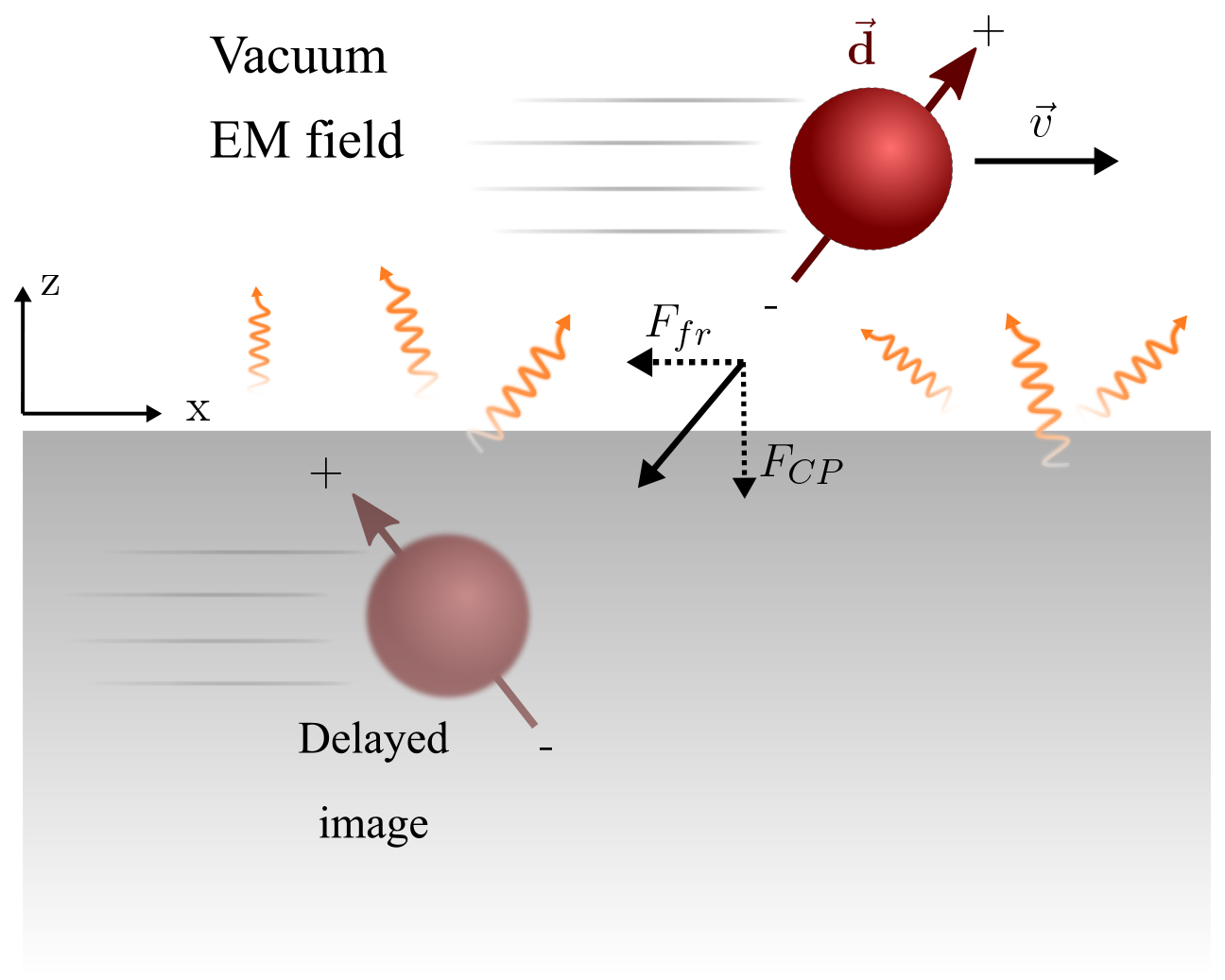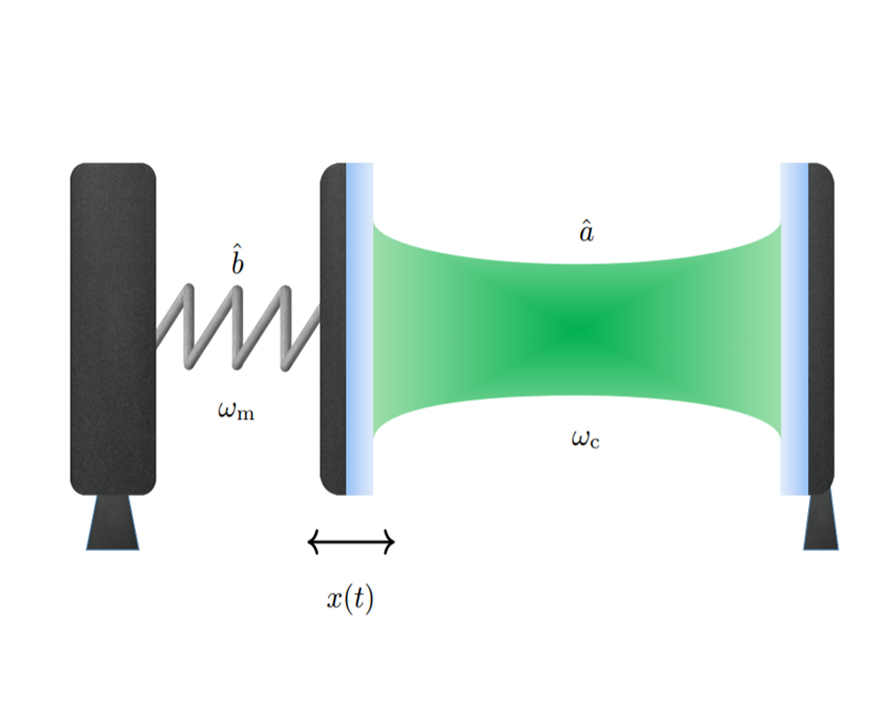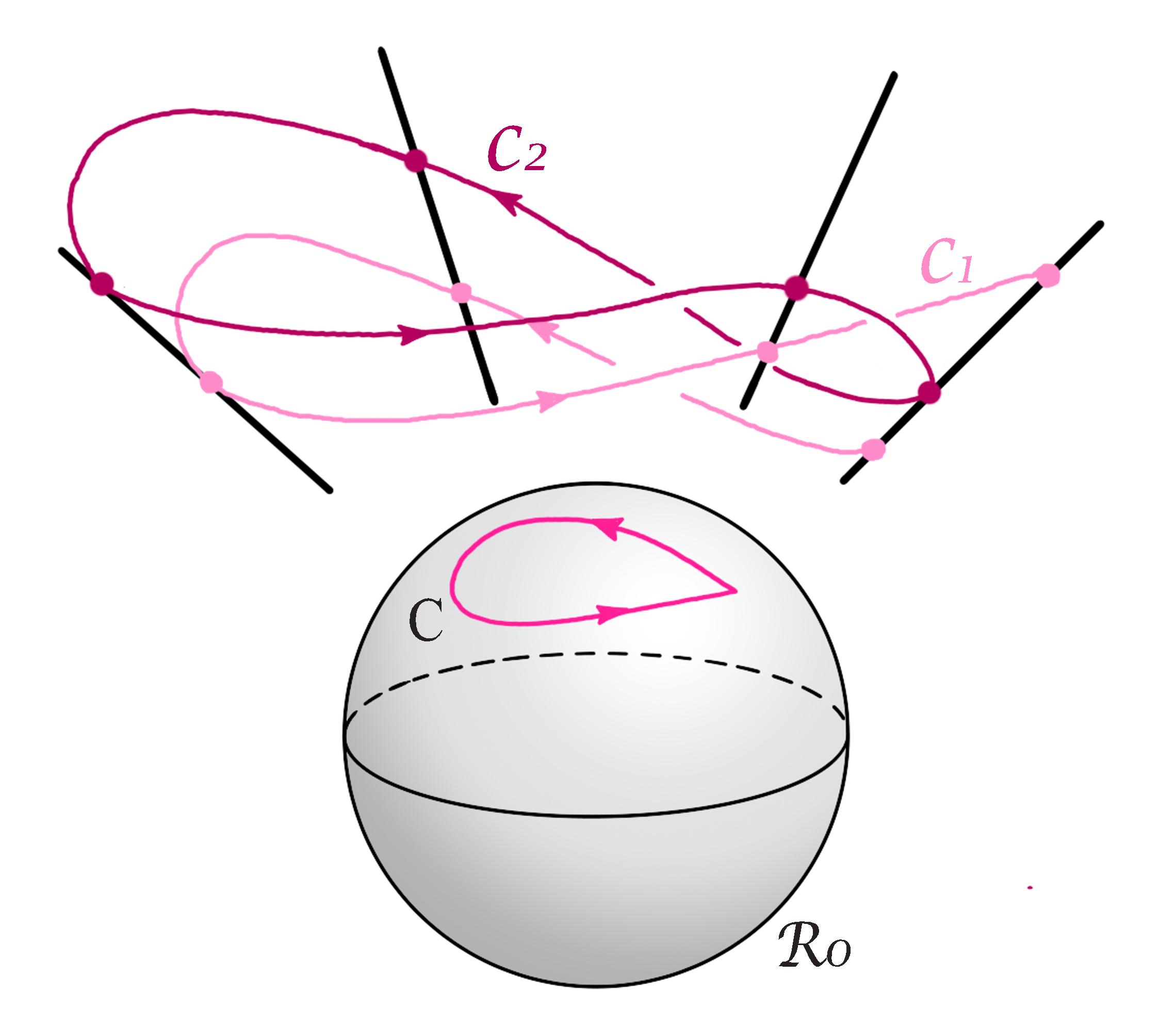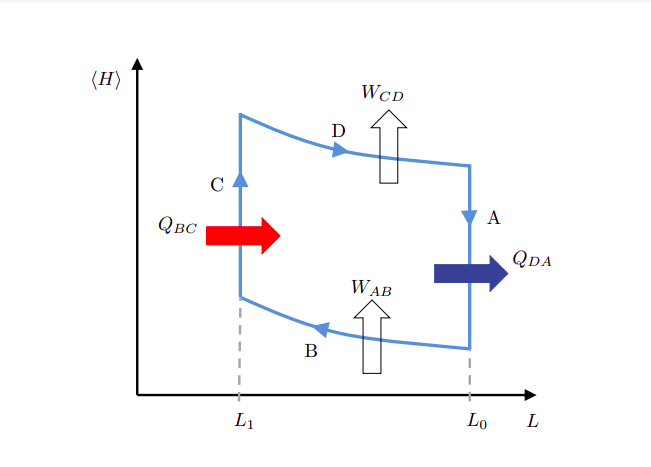Research
MAJOR RESEACH TOPICS
Our group deals with the observable consequences of the quantum vacuum fluctuations, mainly in the framework of field theory and quantum open systems. Among these observable phenomena are the emergence of effective dispersion forces both in and out of thermal equilibrium, the emergence of dissipative quantum friction, induced particle creation, and corrections to the geometric phase acquired by a system due to environmentally-induced dissipation and decoherence.

CASIMIR PHYSICS
In 1948, Hendrick Casimir showed that the emergence of an attractive force between two uncharged, perfectly conducting parallel plates, the so-called Casimir effect, was due to quantum vacuum fluctuations. We study these dispersion forces such as the mentioned Casimir force between bodies, the Casimir-Polder force between atoms, and bodies and the van der Waals force between atoms, which are effective electromagnetic forces that arise as consequences of correlated ground-state fluctuations. Another phenomenon, which has eluded experimental detection so far due to its short range and small magnitude, consists in the appearance of a dissipative force between spatially separated objects in relative motion. We're also interested in the study of this phenomenon, known as quantum friction, and the conditions under which its detection could be achieved either directly or indirectly.

PARTICLE CREATION AND DYNAMICAL CASIMIR EFFECT
Nonadiabatic time-dependent external conditions can excite any quantum system. In the context of quantum field theory, the initial vacuum state generally evolves into an excited state with a nonvanishing number of particles. For example, time-dependent gravitational or electromagnetic fields can induce particle creation. The same phenomena take place in the presence of time-dependent environments, as, for instance, a cavity with time-dependent size or time-dependent electromagnetic properties. The latter type of situation is broadly named the dynamical Casimir effect. We investigate the dynamical Casimir effect, focusing on the development of new analytical and numerical methods that allow us to calculate photon production and evaluate the dissipative effects in cavities with mobile walls and/or with time-dependent electromagnetic properties.

GEOMETRIC PHASES AS WITNESSES OF ENVIRONMENTAL EFFECTS
Since the work of Berry, the notion of geometric phases was shown to have important consequences for quantum systems and, as the existing bibliography reflects, they have become a fruitful venue for investigating to infer features of a quantum system due to their topological properties. In the case of open quantum evolution, the geometric phase that the system acquires differs from that acquired when the evolution is closed since it is now affected by non-unitary effects such as decoherence and dissipation. Our group studies how geometric phases are affected by environmentally induced effects. Not only shall we analyze the effect of the environment on the geometric phases and their robustness against decoherence, but also under which conditions they can be measured, geometric phases for entangled states and non-Markovian effects.

QUANTUM THERMODYNAMICS
One of our lines of research consists in the study of the interplay between quantum theory, special relativity and thermodynamics. Thermal machines, which use a quantum field as working medium represent the perfect setting for this study, as their description requires the use of all these theories simultaneously. We are mayinly interested in inpecting how quantum effects, such as the dynamical Casimir effect, can deviate the system from adiabaticity, leading to a diminishing efficiency and power output for these machines. We are also developing techniques to deal with these effects such as shortcuts to adiabaticity than can be used not only to improve quantum thermal machines but also to reduce operation times in quantum computation.